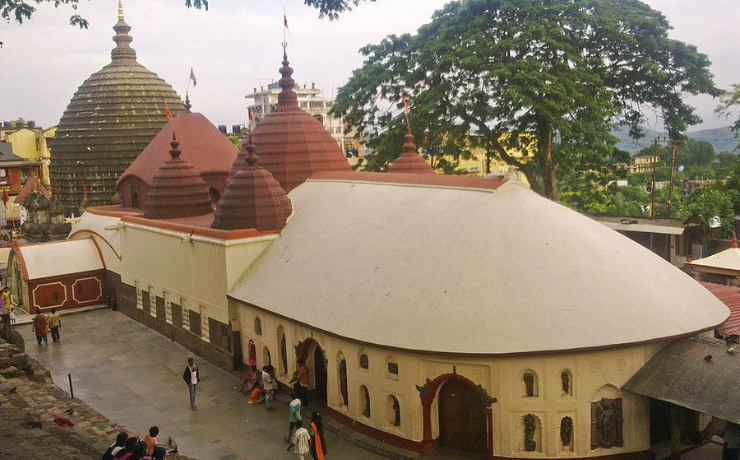The Kamakhya Devi Temple is located in Assam. It is a revered shrine that has been shrouded in mystery and mystique for centuries. The temple is dedicated to the Hindu goddess of fertility, Kamakhya. Dhanush Kumar shares some of the fascinating mysteries of the temple that continue to intrigue visitors.
History and Origin
The origins of the temple are a mystery itself. Some sources suggest that the temple has been in existence for more than 2000 years. As per the legend, the temple was built by the demon king Narakasura. Then it was rebuilt in the 16th century by the Koch dynasty. It has undergone several renovations since then. Today, the temple has several smaller temples and shrines.
The Bleeding Goddess
One of the fascinating mysteries associated with the Kamakhya Devi Temple is the ‘bleeding goddess.’ According to the locals, the goddess menstruates once a year during the Ambubachi Mela which is a four-day festival that happens in June. The temple is closed during this period, and the devotees aren’t allowed to enter. When the temple is reopened, the temple water turns red. There is no scientific evidence for this, but the legend continues to attract thousands of devotees each year.
The Tantric Connection
The temple is very closely associated with Tantra and dark magic. The temple is one of the primary centres of Tantric worship in India and there have been many stories of mysterious and supernatural occurrences taking place within the temple complex.
The temple features a stone structure that is believed to resemble the Yoni. The tantric practitioners worship the Yoni seeking the blessings of fertility, childbirth, and sexual potency.
The Underground Passages
It is believed that the temple has a network of underground chambers and passages beneath the main temple complex. These passages connect the temple with other temples in the region like Umananda Temple and the Navagraha temple.
The underground passages were used by the priests and other members of the temple hierarchy for various purposes, such as conducting rituals and ceremonies and hiding valuable treasures and relics.
The temple authorities have been working to allow full-scale excavations and explorations of these passages. Till now, the underground passages remain one of the most mysterious aspects of the Kamakhya Devi Temple.
The Power Of Kamakhya Sindoor
One of the most important offerings made at the temple is the Kamakhya Sindoor. It is a red-coloured powder that is made by mixing turmeric, lime, and mercury. It is believed to have the mystical powers of the goddess. Applying this sindoor will help in protection from evil, and healing powers, and enhances love and relationships.
Conclusion
The mysteries of the Kamakhya Devi Temple continue to fascinate visitors across the world. Visiting this powerful temple is a unique and unforgettable experience that offers a glimpse into India’s religious heritage.





























